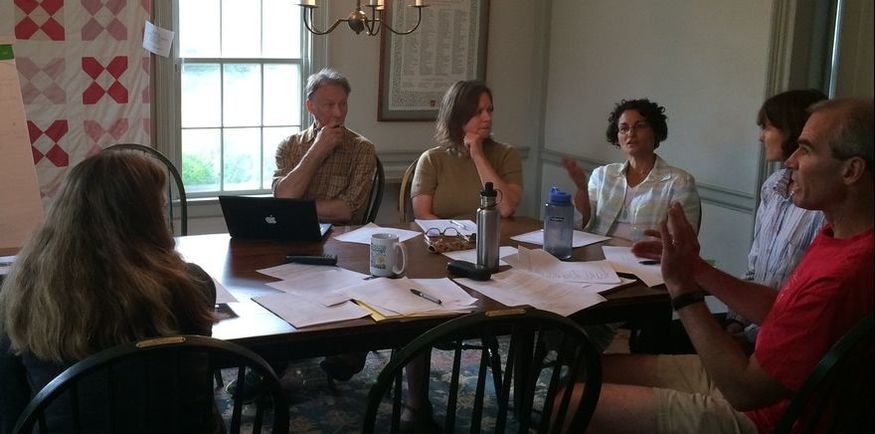|
RESEARCH
Planning, Policy, and Practice Report by Stone EnvironmentalBetween September 2015 and May 2016, the Taskforce worked with Stone Environmental to review the five towns’ existing municipal planning landscape (including plans, policies, and on-the-ground practices) related to stormwater runoff. The goal was to identify inconsistencies, gaps, and opportunities for strengthening these controls in order to have a positive impact on water quality and flood resilience.
|
|
Town Road & Access White Paper by R2R Planning Technical TeamThe significance of runoff from private roads and driveways in our watershed - and the development of Vermont's new Municipal Road General Permit for towns - both pointed to the importance of controlling runoff on roads. We wanted to learn more about how we could address this challenge in municipal planning, so our planning and technical team produced a white paper on the topic.
|
KEY FINDINGS
Most Development-Related Runoff is UnregulatedMost MRV development falls under state and local stormwater runoff permitting thresholds.State Regulation:
|
|
For more detailed information, view the Report by Stone Environmental, the Summary by Ridge to River's Planning Technical Team, or the Memo by Watershed Consulting Associates.
KEY RECOMMENDATIONS
Ridge to River's Planning Technical Team worked from June 2016 through April 2017 to address Stone Environmental's findings and advance many of their key recommendations:
Expand Local Regulatory Authority |
Support ZAs and DRBs |
Develop Reliable Funding for Local Enforcement |
|
In town regulations, reduce the regulatory threshold for construction and post-construction stormwater runoff management standards and consider a land disturbance minimum. See the draft bylaw the Planning Technical Team crafted for the Mad River Valley towns from the Vermont League of Cities and Towns' Model LID/GSI Stormwater Management Bylaw (2015).
|
Provide training opportunities to support ZA and DRB enforcement of regulations.
We've developed program concepts that include technical assistance for municipal planning, development of tools and resources, and training opportunities for administrators and board members. |
Vermont Natural Resources Council (VNRC) will assist Ridge to River in exploring how a stormwater utility could work in the Mad River Valley to provide a reliable funding source for the MRV towns as they try to address the scattered, incremental development causing stormwater runoff problems for resilience and water quality.
|


